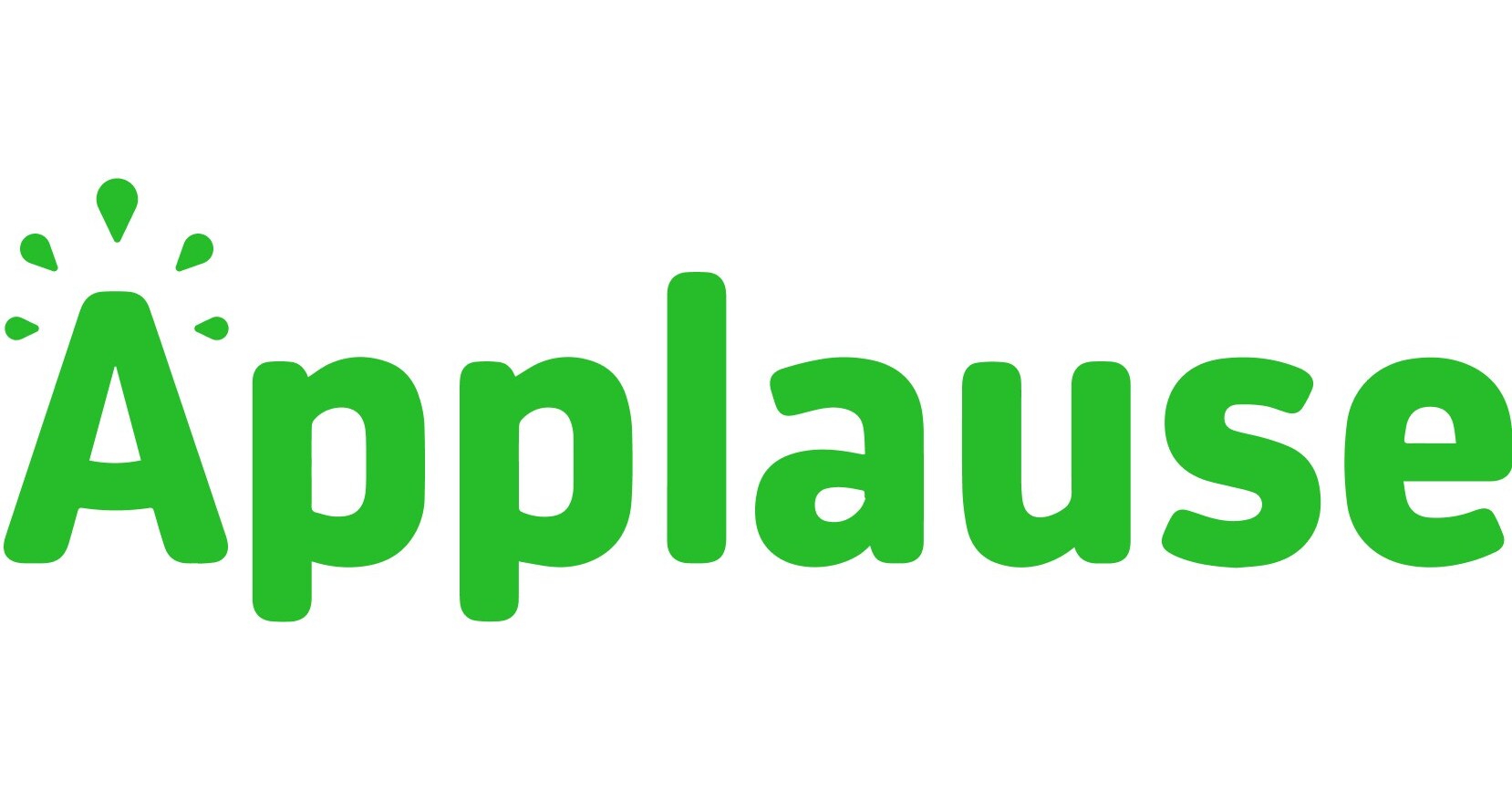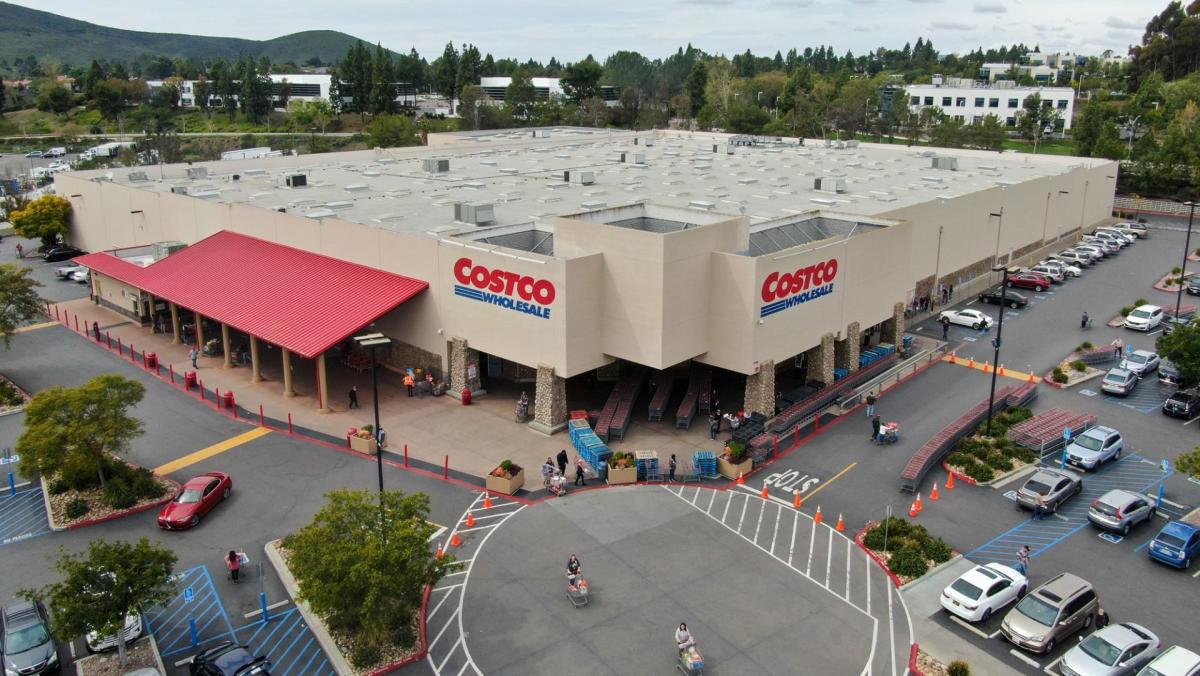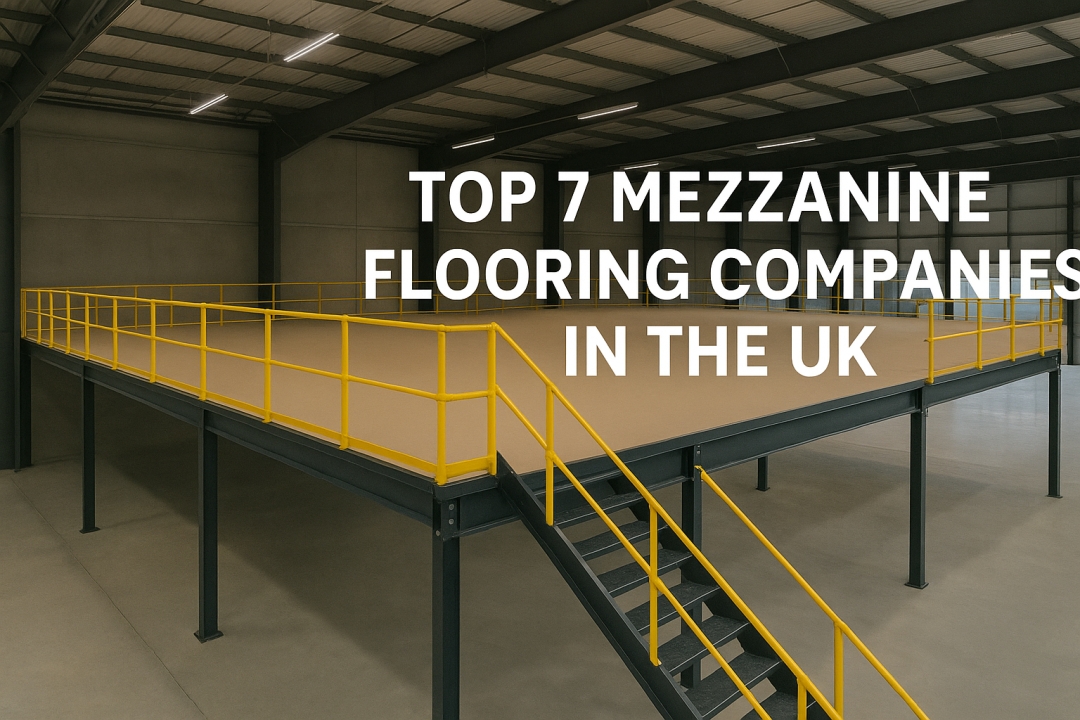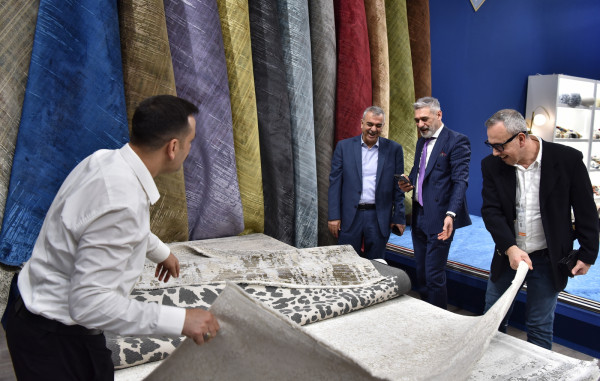Flooring is one of those things you don’t replace often, so when you do, you want to make sure it’s something you can love for the long haul. According to interior designers, these are the 2026 flooring trends that you’ll still be enamored with for years to come.
Herringbone Brick Pavers
Timeless craftsmanship, meet cozy charm. “The angle layout adds movement and visual interest while highlighting the rich texture and color variation of the brick,” explain Haddy House Interiors’ founder, Ashley Hunt, and design partner, Savannah McPartland, in Houston, Texas. “This look brings an old-world, European feel that makes a home instantly storied and inviting.” According to the design duo, we’ll be seeing it the most in kitchens, mudrooms, and sunrooms.
Painted Floors
When you have hardwood that’s in rough shape—or simply in need of that little extra something—painted floors come to the rescue. Lauren Robbins, founder and lead designer of Lauren Robbins Interiors in Augusta, Georgia, incorporates them into many of her designs already, considering them more a timeless feature than a trend. “They are a great way to tie together the colors from other elements in the space,” Robbins says. “I especially love the geometric quality they bring.”
Darker Floors
“2025 was the year of getting back to natural materials, like marble or limestone—there was an emphasis on bringing warmth into the home through texture and color,” says Tatum Madden, lead designer at O’Hara Interiors in Dallas, Texas. “In 2026, we’re taking that even further by moving away from bleached white oak floors and instead opting for mid-tone or richer, darker wood flooring like chocolate brown or deeper reds.” These colors have already been trending in textiles, and now we’re seeing them in more permanent design choices, such as flooring.
Bardiglio and Carrara Checkerboard
A slightly more sophisticated take on the traditional checkerboard floors, Hunt and McPartland say that “the contrast is softer than black and white, giving it a timeless elegance that feels both refined and approachable.” They recommend incorporating it in entryways, laundry rooms, or bathrooms, where it’ll make the most impactful design statement.
Mixing Scales
When using two kinds of tile seems like too much, but just one seems like not enough, Madden offers a solution. “In primary bathrooms where you have more square footage, we’re doing larger format tile on the floors and then doing a smaller, mosaic version of that floor in the shower,” she describes. “This feels in harmony with the overall design but visually designates different spaces for different uses.”
Two-Toned Penny Tile
Penny tile is undeniably classic, and now it’s getting a fresh update with playful two-toned patterns. “Affordable yet full of character, it allows for endless customization, from subtle borders to bold geometric designs,” Hunt and McPartland explain. It’s best suited for bathrooms, laundry rooms, and mudrooms, making a major statement without breaking the budget.
Photo: Sarah Fischer
Designated Spaces
Remember those expansive, open-concept spaces we all loved so much? Now, Madden insists, “people want to feel like there are separate rooms.” This can be accomplished through different flooring in transitional and intimate spaces, like a foyer or a corridor to a bedroom. Madden also recommends changing the floor pattern, but not the material, to subtly tell someone that they’re leaving one space and entering another.
Colorful Tiles
Robbins describes rich, colorful floor tiles—and often, equally impactful wall tiles—as “proof that maximalism is here to stay.” The bold look ensures that in spaces like bathrooms and mudrooms, form and function are able to coexist.







:max_bytes(150000):strip_icc()/HaddyHouseInteriors-RachelManningPhotography-c14de5388c624279846f5dc8ee283fcc-c44a37d8b8484ed19197b5e5ecdba972.jpg)

